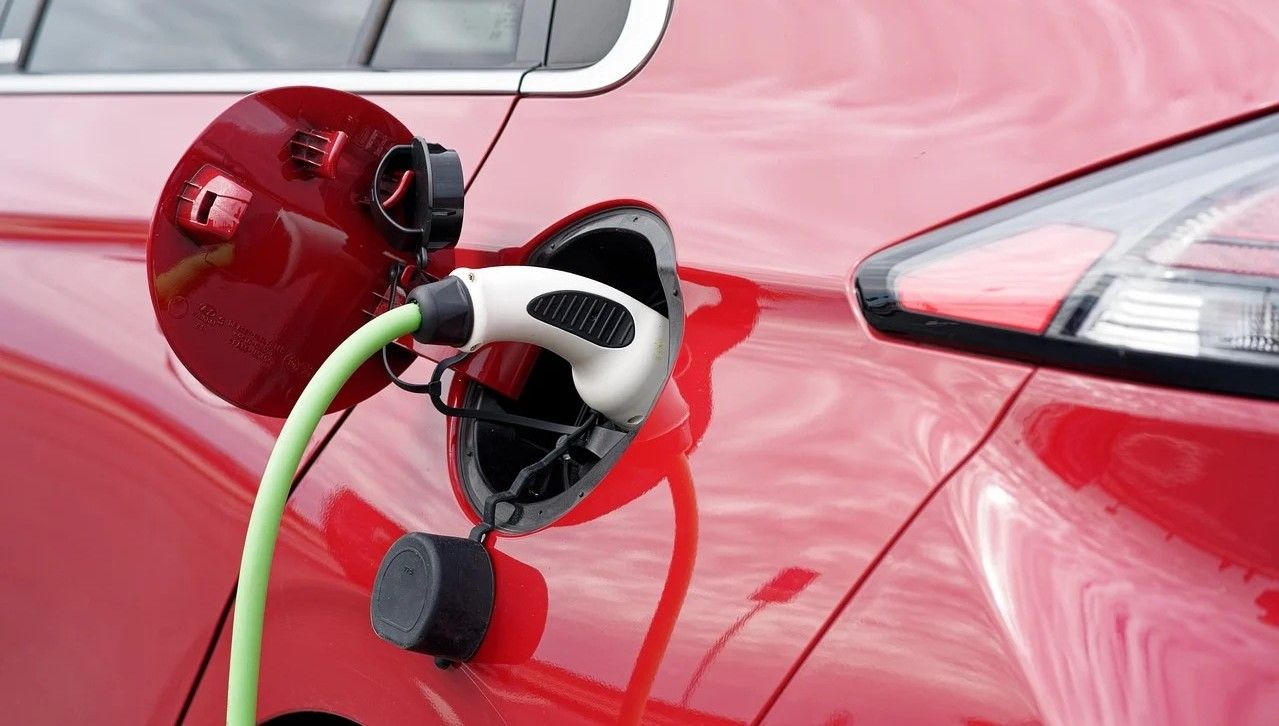Our electric tour this time passes through two medieval towns, Saluzzo and Manta, for a weekend immersed in culture and nature.
The summer has now arrived, after weeks in which the cold continued to be the master: what could be better than taking advantage of these mild temperatures to spend a weekend out of town? In addition, balanced temperatures are also the best friends of electric cars, not stressing batteries with high temperatures.
Last time we were in a metropolis – Turin – this time we opt for a weekend immersed in nature and medieval culture, visiting two of the most iconic villages in northern Italy: Saluzzo and Manta.
Day 1 – Manta
To reach the two small Piedmontese municipalities the ideal is to start from Turin, but clearly any city in the northwest will allow you not to waste too many hours on the highway. We leave from Milan with the battery charged and in just over two hours we arrive in Manta. We deposit the car in the column of Via Valerano, just a stone’s throw from the main destination of the small village, the Castello della Manta.
After having a small snack we decide to visit the sumptuous Palace. The cost for the visit is 10 euros, but we guarantee that they will be well spent. With its unique style given by the beautiful frescoes that decorate the halls, the Castle is considered among the most important in Europe. Born as a fascinating medieval fortress, it has been transformed over the centuries into the home of the noble family of Saluzzo “Della Manta”, who held the property for more than four hundred years.
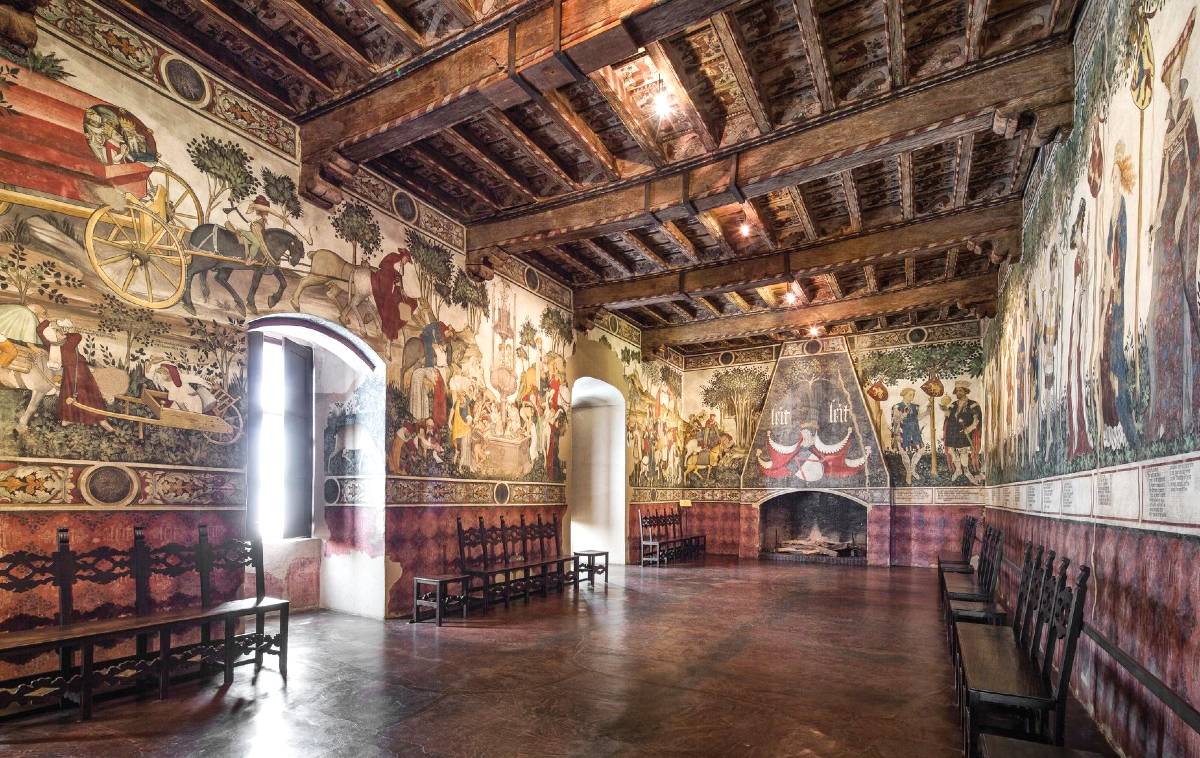
The current appearance of the complex is the result of many additions and modifications made over the centuries by the various descendants of the dynasty. Here you can discover the walls, the garden, the forest and the splendid interiors, with the sixteenth-century halls and the extraordinary murals of the Baronial Hall depicting the Parade of Heroes and Heroines in which stands out, on the opposite wall, the representation of the Fountain of Youth.
The scene represents the homonymous myth widespread in the fifteenth century. The wide scene is divided into three moments: on the left, the race of cardinals, peoples, bourgeois, knights and queens to access the miracle of youth. Each of them shows tired and wrinkled faces, slender and curved bodies, scattered and bruised. At the center is the magical moment of the return to youth and love with swirling scenes and dives into the beautiful marble tub, with cupid laughing amused from above. Finally, on the right, there is the same scene, but this time the protagonists are fully dressed.

Before visiting the Castle we advise you to buy a packed lunch: at the end of the visit it will be fantastic to have a small picnic in the beautiful gardens adjacent to the Palace. Recovered the car we go to leave our things at the hotel and decide to visit in the afternoon the other main destinations of the small town in the province of Cuneo: the Church of Santa Maria al Castello, the Church of Santa Maria del Monastero and the Sanctuary of San Leone Magno. After having dinner in a nearby trattoria we go to rest in the hotel.

Day 2 – Saluzzo
After a hearty breakfast we leave Manta to head to the nearby Saluzzo. The town has kept intact much of its fifteenth-century historic center, located on a hill and originally enclosed by a double wall: this characterizes it as one of the best preserved villages in all of Italy. The historic center of Saluzzo includes a whole series of cobbled streets, steep staircases, churches and elegant palaces to explore and admire.
Our visit to Saluzzo begins in Piazza Risorgimento with the Cathedral of the Assumption, built between 1491 and 1511 on the ruins of the ancient church of Santa Maria. Inside the cathedral are preserved various works of art including a wooden crucifix of the fourteenth century, a baroque altar by Carlo Giuseppe Plura, a triptych of the fifteenth century by Hans Clemer in the chapel of the Blessed Sacrament and a terracotta group of the sixteenth. Admission is free.
We continue passing through Porta Santa Maria and arriving in Piazza Mondagli, one of the most evocative squares of the historic center of Saluzzo. Here you can see the Municipal Library, the Monastery of the Annunciation and a house with some characteristic medieval arcades where the writer Silvio Pellico was born.
From this point we take a path from the pillar depicting San Chiaffredo, patron saint of Saluzzo, and through the streets Muletti and Valoria Superiore we reach the “Salita al Castello” which leads to the original center of Saluzzo life. Along the way you can admire elegant fifteenth-century palaces, punctuated by loggias, arcades, frescoes and terracotta decorations, dominated by a square tower that was built in 1462.
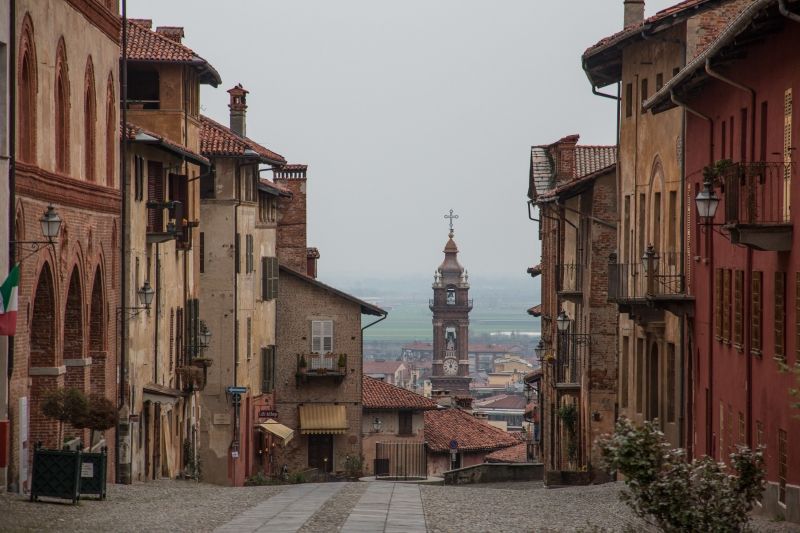
We arrive in the square that houses La Castiglia, Piazza Castello, which among other things presents at its center the historic fountain of the Drancia, surmounted by the imposing silhouette of the tower of Castile and the lower castle of the Marquises.
The castle was radically renovated in 1492 by Louis II, for the arrival of his second wife Marguerite de Foix. He renovated the furnishings and decorations and also added the garden and the round tower. The castle was used as a prison from the beginning of the nineteenth century until 1992. The visit of Castile is very fascinating and has a cost of 7 euros.
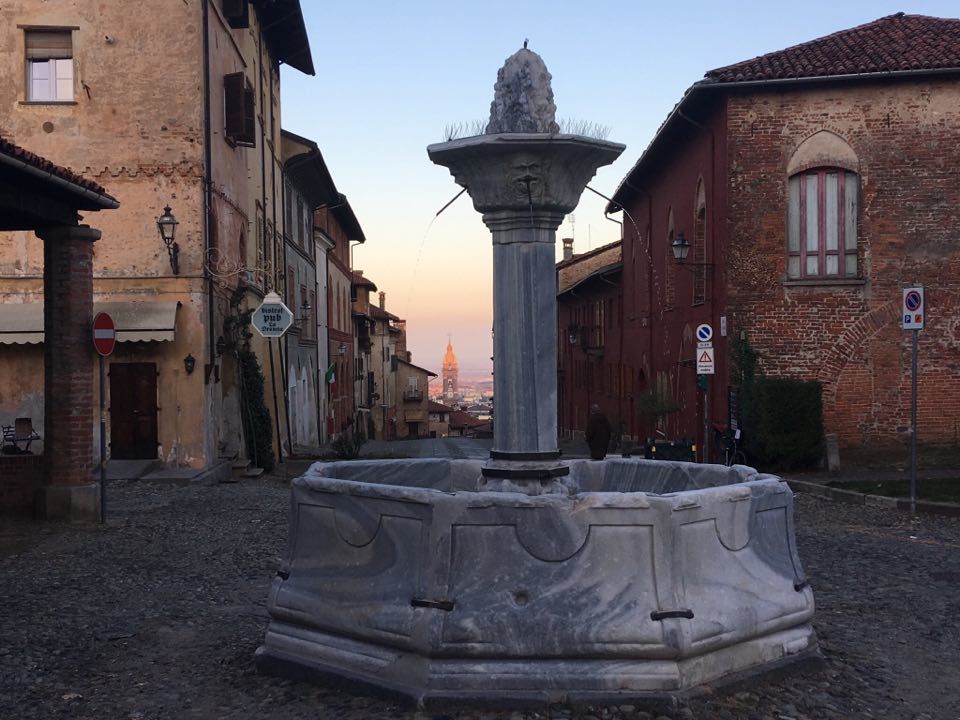
Also worth some time is the Civic Tower of Saluzzo, built in 1462 as a symbol of the city community. The height was then raised with the addition of the polygonal tip in turn surmounted by a spire with the coat of arms of Saluzzo, the altarpiece and an eagle. Inside the tower was originally kept the bell that marked the hours of city life. With its 48 meters high, the loggia of the tower enjoys an excellent vantage point over the city and the plain.
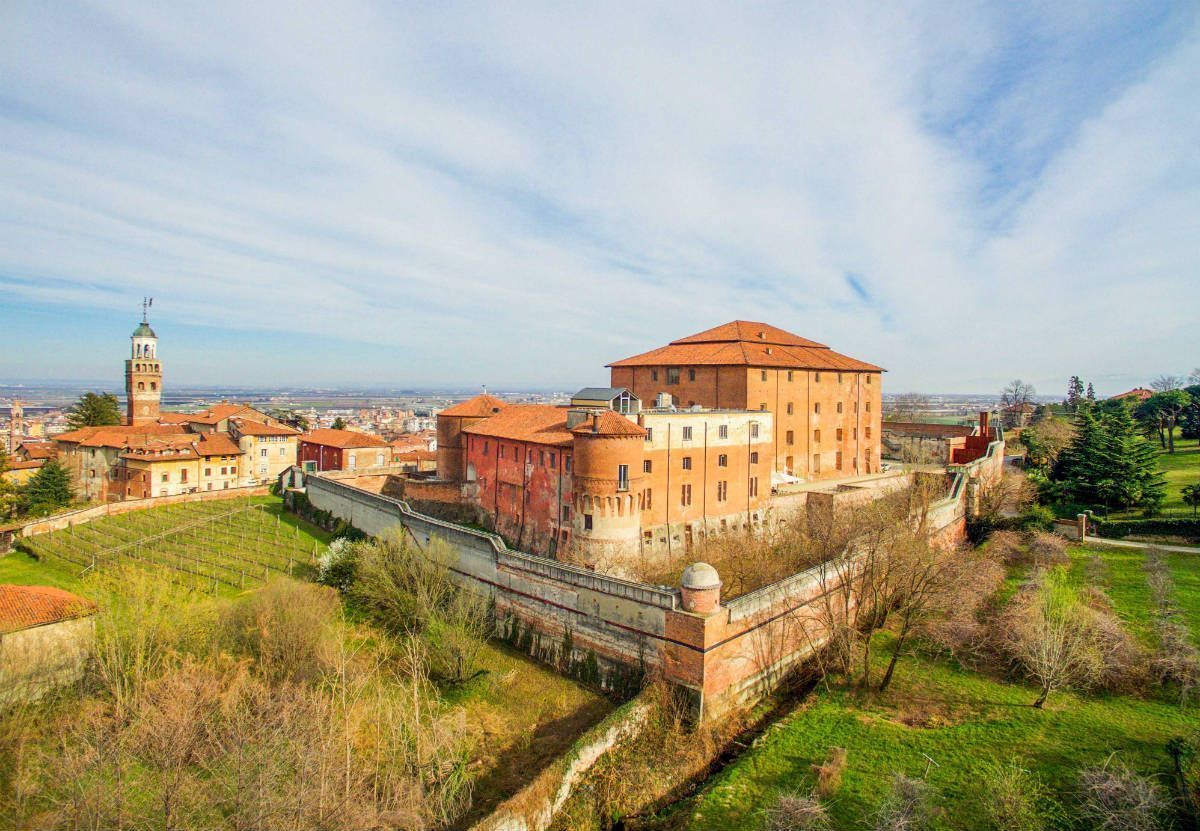
Leaving the castle, we have lunch in a restaurant in the area: if your tastes allow it, we recommend you try some cheeses from the area such as the so-called “paglierine” or meat main courses such as the “white hen” of Saluzzo. Among the wines are known pelaverga, quail, nebbiolo and Barbera and among the desserts the “Losette” and the “Risole”.
With a full stomach we continue the tour, visiting the Church of San Giovanni: built and transformed between the twelfth and sixteenth centuries, it contains art treasures in its three beautiful naves culminating with the funeral chapel of the Marquis, a masterpiece of flamboyant Gothic that was added in the second half of the 15th century.
Continuing towards Via San Giovanni you arrive at Casa Cavassa, today a Museum but in the fifteenth century the stately home of Francesco and Galeazzo Cavassa, vicars general of the Marquis. Restored at the end of the 800, Cavassa presents a series of rooms with painted wooden ceilings, walls and decorated furniture, frescoes and paintings including the “Madonna della Misericordia”, a masterpiece by Hans Clemer.

Our visit is coming to an end, having to return to the city: among other things we advise you not to miss the palace of the Marquis del Carretto (from which you can admire the panorama of Monviso), the Church of S. Bernardo and the church of San Nicola.








